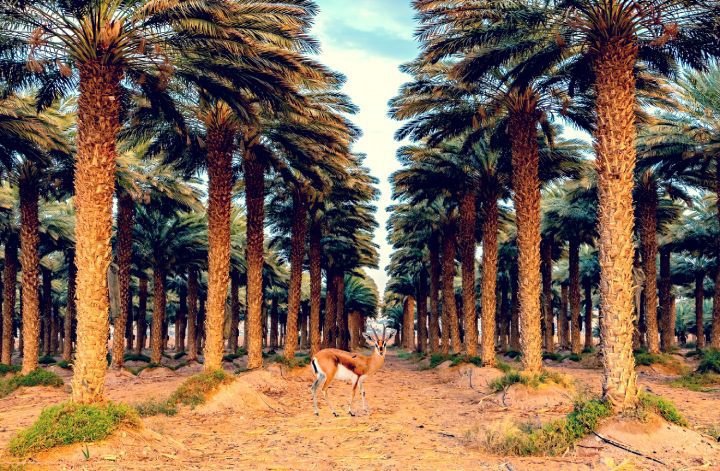The Grape-Wine in Israel is quite long and interesting. Towards 5000 BCE perhaps even earlier the cultivated European wine migrated from the north through Anatolia to Syria. And eventually into the Holy Land. In Tell es-Sultan, in Jericho, there is the earliest indication of the grape in Palestine. In fact, the excavators found seeds of grapes on the site dated to the Early Bronze Age (3000 BCE). Also, Seeds from the Iron Age have been found in many excavations all over Israel, for example in the ancient city of Lachish
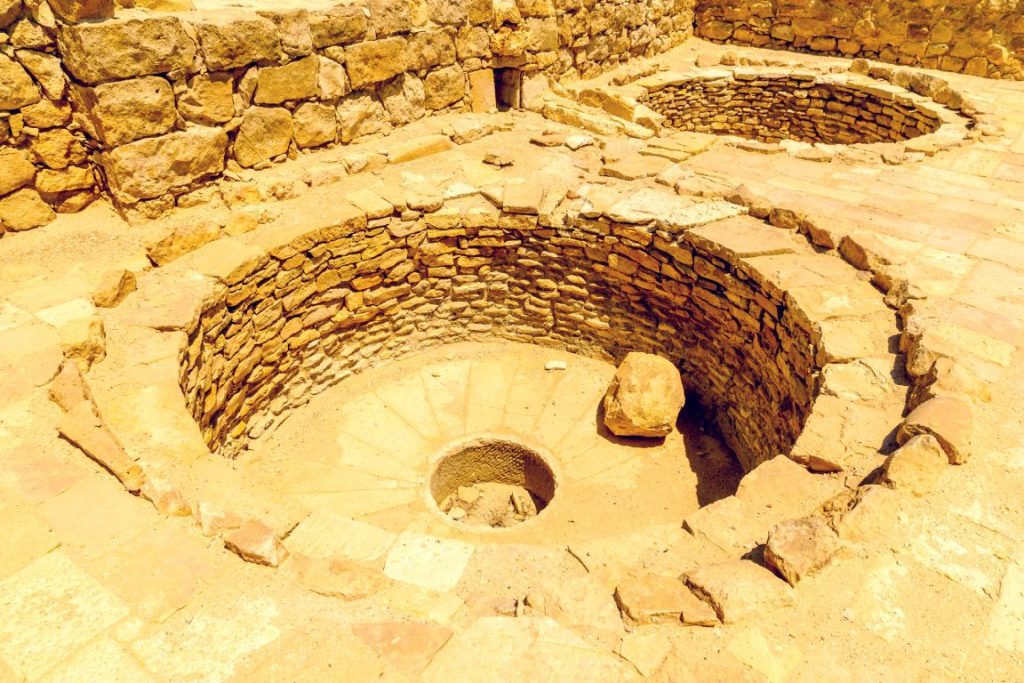
We learn from pre-biblical sources; for example, from ancient Egyptian texts about the presence of Vine-Grape in Israel. In one case it is said that in the year 2375 BCE, the Egyptian Military Governor, Uni, in the reign of Pharaoh Pepi I; sent his troops to put down a revolt in Israel. And how his soldiers ‘destroyed the fortress […] and felled the fig trees and the vines. Another source is from the military campaign of Thutmosis III. In the famous Battle of Megiddo, the surrender of Megiddo is depicted. It is told there how grapes are brought as gifts to the Pharaoh.
Best Wineries of the Golan
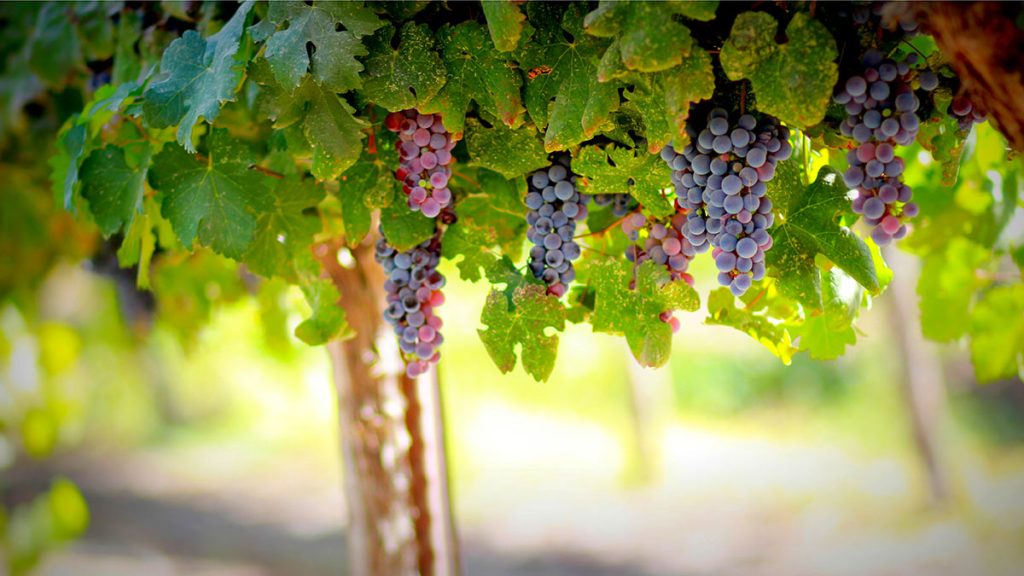
On the Anastasi I Papyrus, dated to the reign of Ramses II (1298-1235 BCE), the description of Jaffa is as follows: “And when thou shalt arrive at Jaffa; thou wilt find trees clad in greenery […] and thou wilt see the beautiful girl guarding the vineyard”
The Grape-Wine in Israel: In Biblical Times
Not to mention that the vine is one of the Seven Fruits of The Land Of Israel. Also, the vine, the grape, and wine are mentioned numerous times in the Hebrew Bible. There isn’t one Book in the Hebrew Bible that is not mentioned. Since antiquity, wine has been a significant product of the Land and played a major factor in its economy. Surprisingly, drinking wine daily was quite common and was considered a popular beverage to drink. While drinking water was deemed dangerous to the ancient world; since you could not know for sure if the water is good to drink or not. So wine was mixed as a purifier, and, in many cases, it was drunk when water was lacking. Fresh grapes and raisins were accepted as a staple in their diet.
Château Golan Winery Pelter Winery
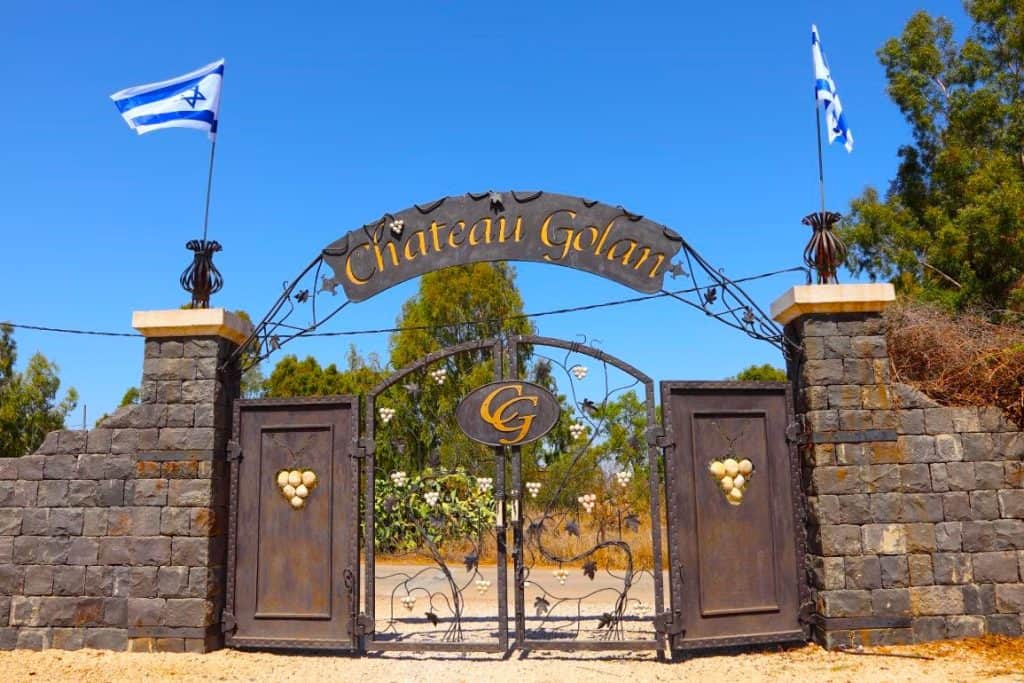
The Bible is abundant with places whose names are associated with the Vine. For example, there is a neighborhood in modern Jerusalem today called Beit Hakerem (House of Vineyard). Usually, on my private Christian tours of Jerusalem, I take my guests to visit the neighborhood for them to see the remarkable Church of Visitation. Where according to tradition, Mary, the mother of Jesus, met Elizabeth, the mother of John the Baptist, her cousin (Luke, Chapter 1). But what I am trying to say is that the name was chosen because the Biblical village of Ein Kerem was located in the approximate area (Nehemiah 3, 14). Yet another mention is in the Book of Jeremiah, the Prophet Jeremiah mentions Beit Hakerem (Ein Kerem in our days) in his prophecy about the enemy’s arrival from the north attacking Judah.
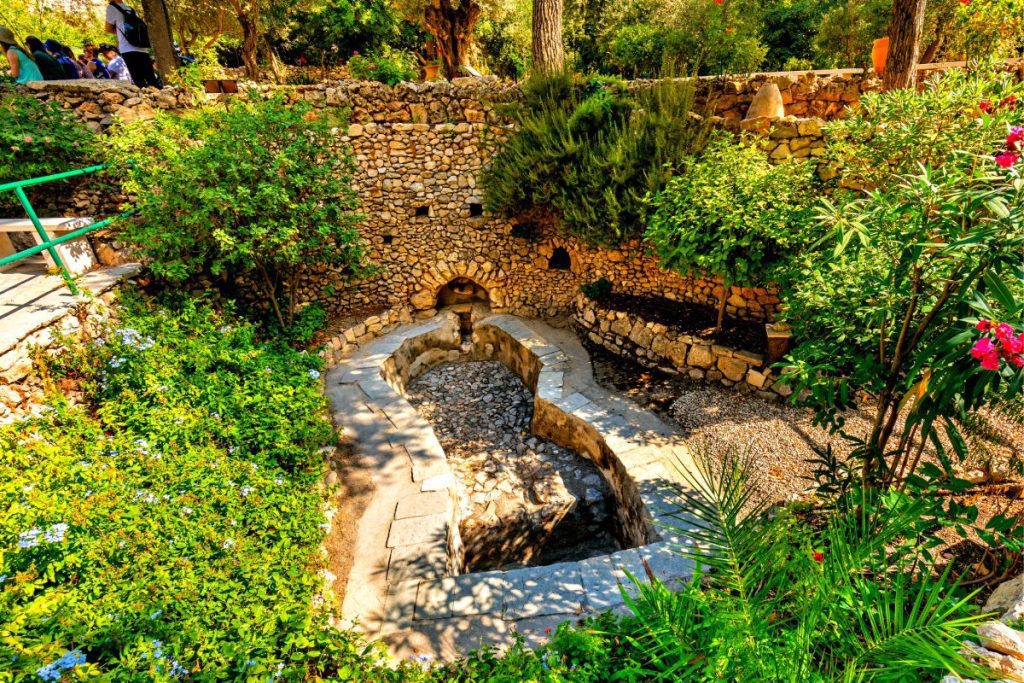
Descriptions in the Hebrew Bible
There are also multiple descriptions in the Hebrew Bible concerning grapes. The grape is mentioned already in the times of Abraham when Melchizedek, King of Salem (Jerusalem), brought to Abraham bread and wine (Genesis 14:18). And yet another famous scene in the Bible that I fondly remember is during the wandering of the Israelites in the Desert of Paran. Before entering the Promised Land, Moses sent spies ahead into Canaan. And they brought back with them a cluster of grapes of exceptional size.
“When they reached the Valley of Eshcol (Eshcol means cluster), they cut off a branch bearing a single cluster of grapes. Two of them carried it on a pole between them, along with some pomegranates and figs”
(Numbers 13:23)
Isaiah applies in his criticism against the people of Judah, imagery that makes him the Prophet of the Vine:
The Song of the Vineyard
I will sing for the one I love
a song about his vineyard:
My loved one had a vineyard
on a fertile hillside.
He dug it up and cleared it of stones
and planted it with the choicest vines.
He built a watchtower in it
and cut out a winepress as well.
Then he looked for a crop of good grapes,
but it yielded only bad fruit.
“Now you dwellers in Jerusalem and people of Judah,
judge between me and my vineyard.
What more could have been done for my vineyard
than I have done for it?
When I looked for good grapes,
Why did it yield only bad?
Now I will tell you
what I am going to do to my vineyard:
I will take away its hedge,
and it will be destroyed;
I will break down its wall,
and it will be trampled.
I will make it a wasteland,
neither pruned nor cultivated,
and briers and thorns will grow there.
I will command the clouds
not to rain on it.”
The vineyard of the Lord Almighty
is the nation of Israel,
and the people of Judah
are the vines he delighted in.
And he looked for justice, but saw bloodshed;
for righteousness, but heard cries of distress.
(Isaiah 5,1-7).
The Grape-Wine in Israel: The Vine and the Grape as Decoration in the Post-Biblical Period
During archaeological excavations in the Galilee Area and the Golan Heights, dozens of synagogues were unearthed. Almost all of them were dated to the Byzantine Period. In some of them, like the Synagogue in Capernaum, the stone lintels depicted clusters of grapes alongside other fruits of the Promised Land, like pomegranate. Also, grapes are depicted on the floor of synagogues from that time. North of Jericho, in the Synagogue of Naaran (dated to the 6th century), a mosaic floor was unearthed, and grapes were one of the designs that decorated the floor.
Judean Date Palm
